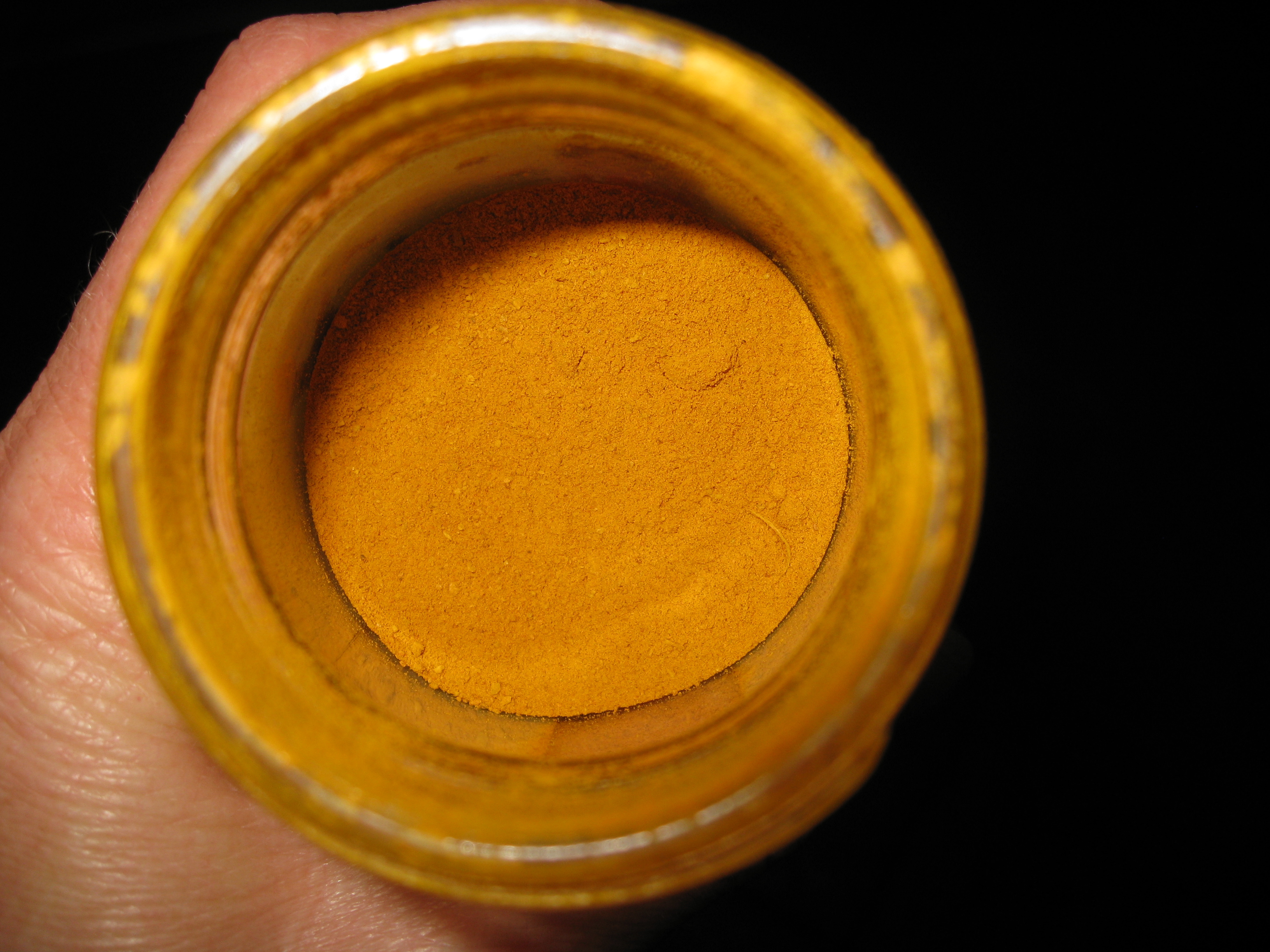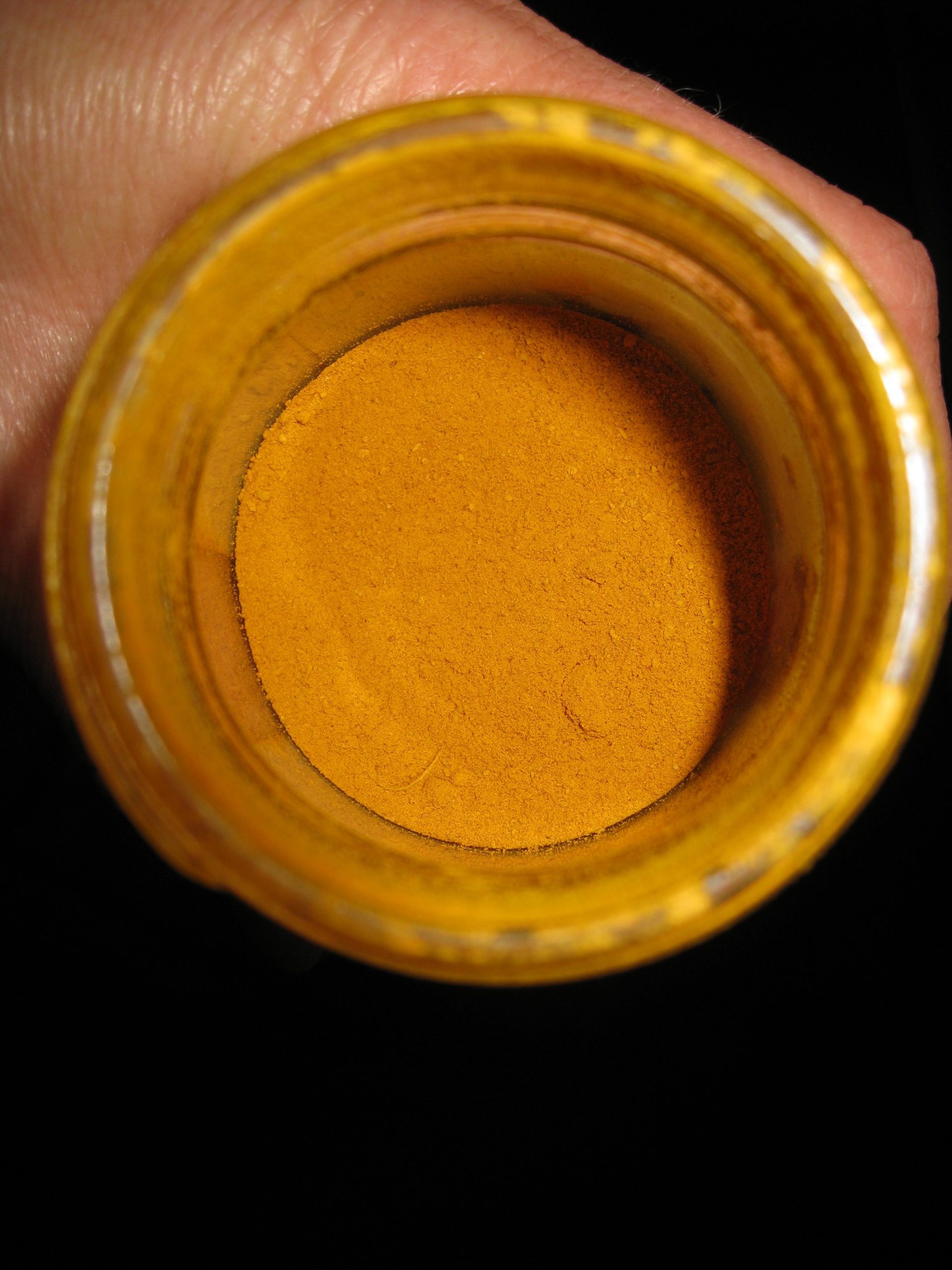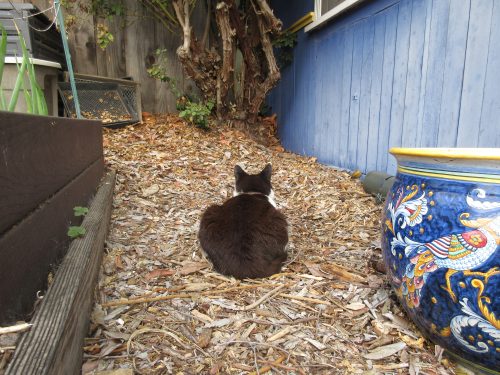An interesting question came in to Ask Gardenerd this week: “My friend and I both live in central South Carolina. Last year we planted turmeric plants in our yards. Now we realize that we need to know how and when to harvest these plants. What should they look like? Do they need to be stored for a time before using the root? (like some potatoes and onions). Please give us some general ideas and tips. Thank you. Evelyn”
We love questions that expand gardening horizons, so thanks Evelyn. Truthfully, we’ve never experimented with growing turmeric here, but we have advised gardeners on how to grow it. We are resourceful, if nothing else! So, first of all, congratulations on growing something different. We’re going to guess that you’ve chosen turmeric for its anti-inflammatory properties. Nice going! Now let’s look at the process:

Turmeric is a rhizome, so it looks and grows much like orange ginger. It is reminiscent of Jerusalem artichokes in the way they clump underground. Plant a piece shallowly in the ground, wait and care for it, then unearth and harvest the outer pieces, replanting the rest. That’s the short answer.
We first learned about growing turmeric from Organic Gardening Magazine’s article on the subject in Vol. 58:2. Of course now that Rodale has all but destroyed its own website (no longer the infallible gardening resource it once was, sorry Rodale) they removed the vitally important part of the article: instructions for how to grow it. Here’s the excerpt from the printed article we have in the Gardenerd archives:

“Turmeric grows from a branching rhizome that looks much like ginger root, to which it is related. Of tropical origin, turmeric (curcuma domestica) can be grown in a pot indoors, and its broad leaves and flowers are quite attractive.
First and most importantly, get a fresh turmeric rhizome from either a nursery or an Asian Market. Break off each “finger” and lay them in a seed tray with a 1-to-1 sand-to-potting-soil mixture that covers the base of the root. Put the seed tray in a sealed plastic bag and place on a heat mat or atop a refrigerator, where the soil will stay at about 78 degrees F. Once green shoots start to grow, which should take a couple of weeks, plant the rhizomes individually in medium-sized container with the same 1:1 soil mixture, covering with half an inch of soil. A greenhouse offers the best growing environment, but short of that, keep the plants in a sunny, south-facing window and water frequently. After several months, the rhizomes will begin to branch and spread. Carefully unearth rhizomes at the edge of the clump to harvest for cooking or to propagate new plants.
Turmeric has hyacinth-like flowers that range from white to pink, depending on the variety. Its long, slender leaves smell like mangos. — Katie Walker”

Timing – That bit about “after a few months” is more like 10 months. San Francisco Gate reports that it’s best to “wait until you see the flowers fade and the leaves begin to yellow before you harvest the rhizomes.” Here’s the rest of that article that gives detailed information about harvesting.
The article also recommends freezing the harvest because it doesn’t store well. We’d recommend dehydrating it and grinding it into a powder for long-term storage. We hope this helps, Evelyn. Thanks for writing in, and keep us posted on your harvest.



Pingback: Turmeric Might Aid Fight 1 Of The Deadliest Forms Of Cancer |
Thanks! Yes, you were right. Anti inflammatory traits are sought from eating tumeric. We are looking forward to trying your suggestions.